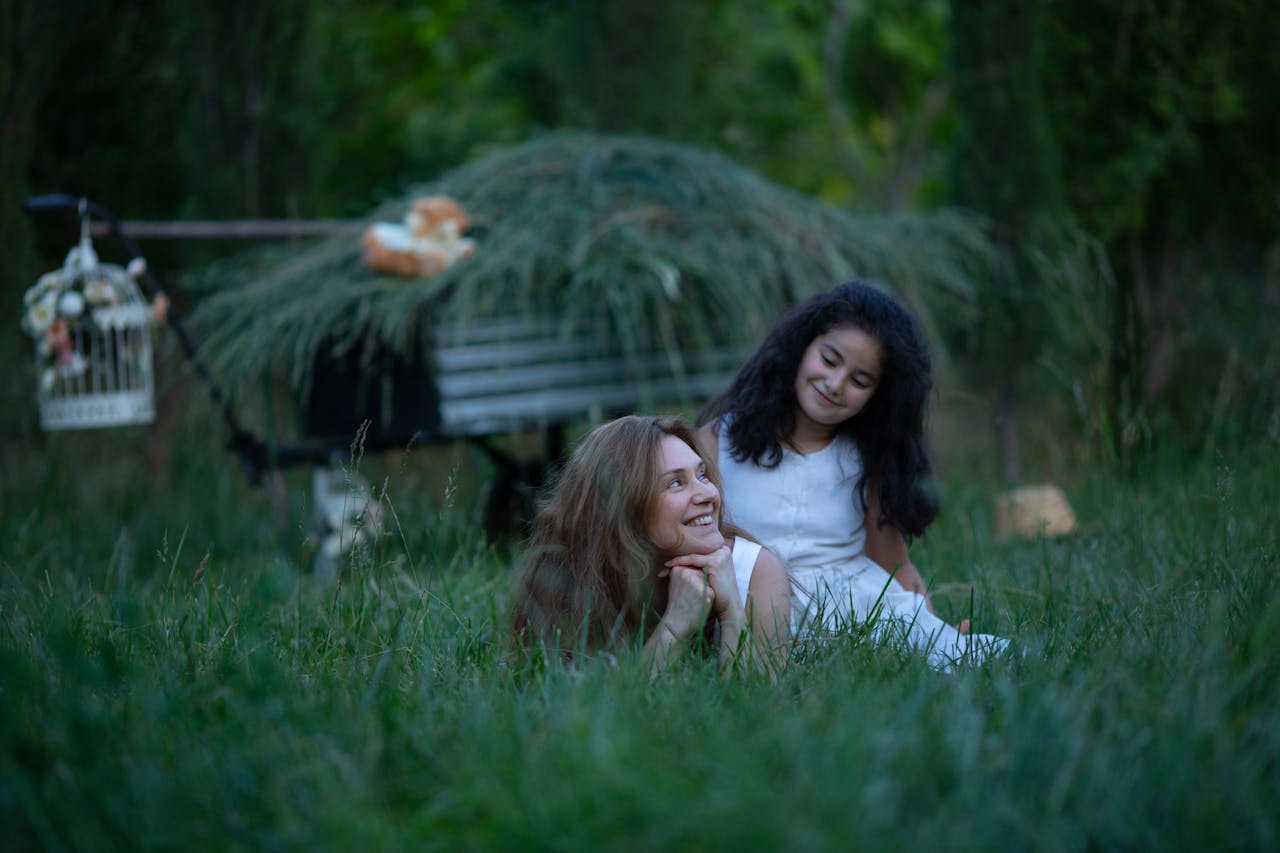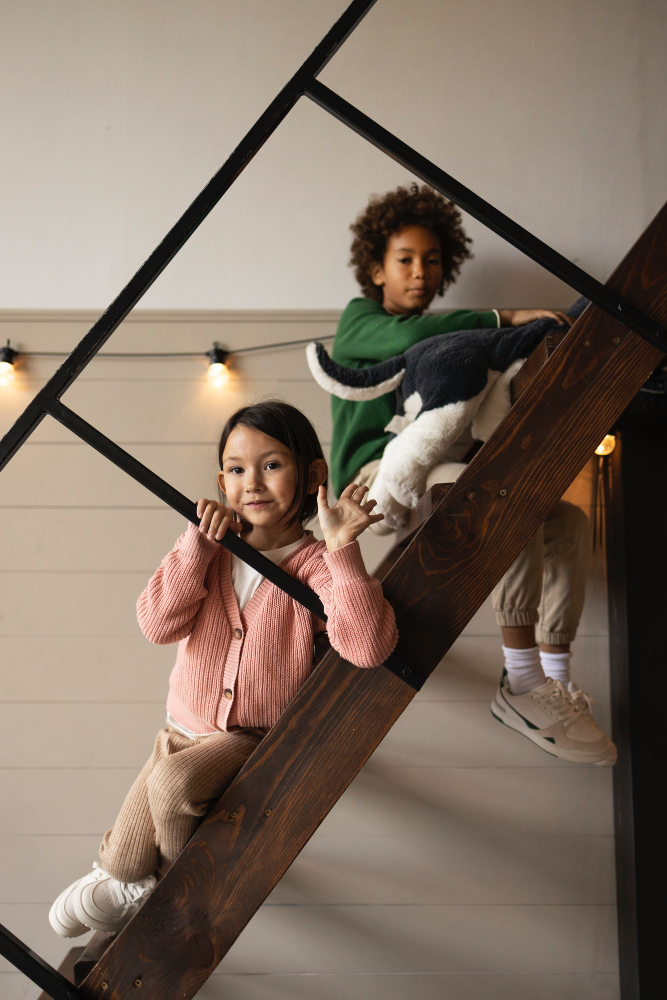When a child resists a basic task, refuses support, or melts down at the smallest request, it can be easy to assume they are choosing not to cooperate. The story becomes: They won’t try. They won’t listen. They won’t help themselves. They won’t accept help. And so we try harder—offering incentives, applying consequences, laying out logic. But the truth is, pushing a child who is stuck doesn’t get them unstuck. It frightens them and entrenches their stance.
The truth: can’t and won’t are hard to untangle
Children don’t always know what they can’t do. Especially PDA children, who often mask their struggles and reject help until they collapse. The line between won’t and can’t is blurry—but erring on the side of can’t builds trust, while assuming won’t risks shame. When we push through resistance with force or expectation, we teach the child to protect themselves by digging in. But when we respond with calm, space, and respect for their autonomy, we create the conditions for real movement.
Growth doesn’t come from pressure. It comes from safety.
The practice: stop trying to fix what looks like refusal
Instead of asking, Why won’t they do this?, ask: What might be getting in their way? Assume there is a good reason—even if it isn’t visible. A demand may trigger a sense of danger. A task may exceed their capacity. A moment of withdrawal may reflect emotional exhaustion. You don’t need to solve the problem in real time. You need to keep the relationship intact while they move through it.
If you sense they are spiralling, step back. Remove pressure. Soften your voice. Offer presence without demands. Say, “This feels hard right now—I’m here.” Say, “We can figure it out later.” Say nothing, if that’s what helps. The less you push, the more likely they are to return.
Some parents discover this truth the hard way. There was a time when my son wouldn’t wear shoes, and we could either spend an hour forcing the issue—or we could walk out the door and keep our day intact. He didn’t die of bare feet. When my daughter declared she would wear high heels for the rest of her life, I knew better than to object—because a direct confrontation would guarantee it. These moments of so-called oppositionality are not about winning. They are about autonomy. And in PDA children, that drive for autonomy can be as unrelenting.
If I were to name a familiar for my children, it would be honey badger. Honey badgers are renowned for their incredible stubbornness and known to relentlessly pursue their goals, even when facing dangerous situations or formidable opponents. People report that honey badgers bite onto their boots refusing to let go for hours, as they walk through the desert. Don’t fuck with honey badger! When my children become fixed on a goal, you can just see a little bit more white in their eyes and you know that winning is backing down.
And sometimes, the pattern of conflict becomes larger than the issue itself. When adults and PDA children lock horns—when neither will back down, and the nervous system surges into fight, flight, freeze, or fawn—it can become a deeply humiliating experience for the child. In those moments, they may feel overtaken by instinct, unaware of their behaviour as it unfolds. But later, the shame can creep in. I remember one time when my son and his dad escalated into a standoff. My son lashed out in panic and gave his father a black eye. For days, the evidence of that moment lingered on his father’s face—and my son couldn’t escape the guilt.
That black eye became more than a bruise—it became a mirror he couldn’t look away from. When these conflicts repeat, children enter a kind of emotional purgatory—trapped between the pain of their actions and the helplessness of being unable to stop them. Over time, these patterns can etch themselves into a child’s psyche, setting the stage for unhealthy relational dynamics in the future. In those moments, children can feel like disembodied passengers trapped inside a vehicle that’s careening toward destruction—where their own hands are on the wheel, but they no longer feel in control, and every adult attempt to intervene just tightens the turns. This can lead to disassociation, depersonalisation, disembodiment, and other concerning patterns.
For children whose instincts lean toward freezing or fawning—those who turn distress inward rather than out—these moments of overwhelm may not lead to explosions but to collapse. They may remain still, compliant, agreeable on the outside while their insides scream. And over time, that repeated pattern of staying put, of weathering distress without protest, can carve deep grooves into the psyche. It teaches a child that enduring harm is safer than resisting it. That stillness is survival. And when these grooves are left unchallenged, they may become the pathways those children walk for years to come—into relationships where pain feels familiar, where protest feels impossible, and where their needs are once again buried for the sake of keeping peace.
Choosing to de-escalate isn’t just kind—it’s neuroprotective. Every time we reduce dysregulation, we reduce the emotional fallout. We protect their sense of self.
When the line matters
There are moments in parenting when autonomy yields to survival—when the story shifts from how do I support consent to how do I keep them safe. For most families, these moments are rare and sacred. For families with PDA children, they are also excruciatingly complex, because the cost of coercion is high—but the cost of neglecting critical needs can be higher. So we draw a line, with as much softness as we can, and we stay with them in the aftermath.
I have spent more than fifty hours, possibly more, talking with my children about teeth—about how oral health connects to heart health, how bacteria enter the bloodstream, how systemic inflammation can shorten a life. My children could teach a seminar on dentistry. They understand, when calm, why I say that going to the dentist is like getting out of a burning house. It matters because the risk of waiting is too high. So I frame it clearly. I say: This is one of the places I hold a line. I do not drop it casually. I speak of it with reverence. I pass the toothbrush gently. We’ve been to the store to pick out any toothbrush you want, including the hundred dollar electric ones, many times. Everyone probably has three flavours of toothpaste here. I make the experience as tolerable as I can. But if all else fails, I roll them in a blanket and brush. I offer twenty dollars for going to the dentist, even though I bristle at bribery. There are certain things I won’t do unless I get paid also. I’ve stopped and bought expensive headphones on the way to the dentist because our noise cancelling headphones were forgotten. I carry a prescription of Ativan for the days when terror eclipses reason. I do what is needed to make the unlivable livable, and then I return—with all the dignity I can muster—to the larger project of trust.
There is no perfect model. There is only the truth of the moment, the weight of the stakes, and the hope that the relationship can hold the tension. When the house is on fire, you drag your child out. But the next morning, you make pancakes.
Consider that granting autonomy is like putting a penny in a piggy bank. And forcing an issue is making a withdrawal. Forcing an issue is equivalent to one hundred small moments of granting autonomy. Use your pennies wisely.
Why it works
Coercion leads to collapse—or explosion. But when children feel safe enough to pause instead of react, they begin to reflect, regroup, and sometimes re-engage. Your restraint becomes a model of emotional regulation. Your flexibility becomes a lifeline. And the child learns that they are not defined by their shutdowns.
If you’re the parent
You may feel desperate to break through—especially when it’s about something that matters, like eating, sleeping, or getting to school. You may feel furious that they won’t just do it. But the truth is: your child isn’t winning when they resist. They’re suffering. Soften your interpretation. Treat every shutdown or outburst as a moment to protect, not to punish. You will not lose them by waiting. You will lose them by demanding what they can’t give.
If you’re the teacher
It’s easy to view refusal as a challenge to authority. But PDA students aren’t power-seeking—they’re power-defending. When you remove the need to win, you give the student a chance to feel safe with you. Skip the ultimatums. Skip the logic spirals. Let the relationship speak louder than the task.
Final reflection
You can’t fix won’t. You can only build safety until the child begins to want. And when they want, the impossible sometimes becomes possible.











